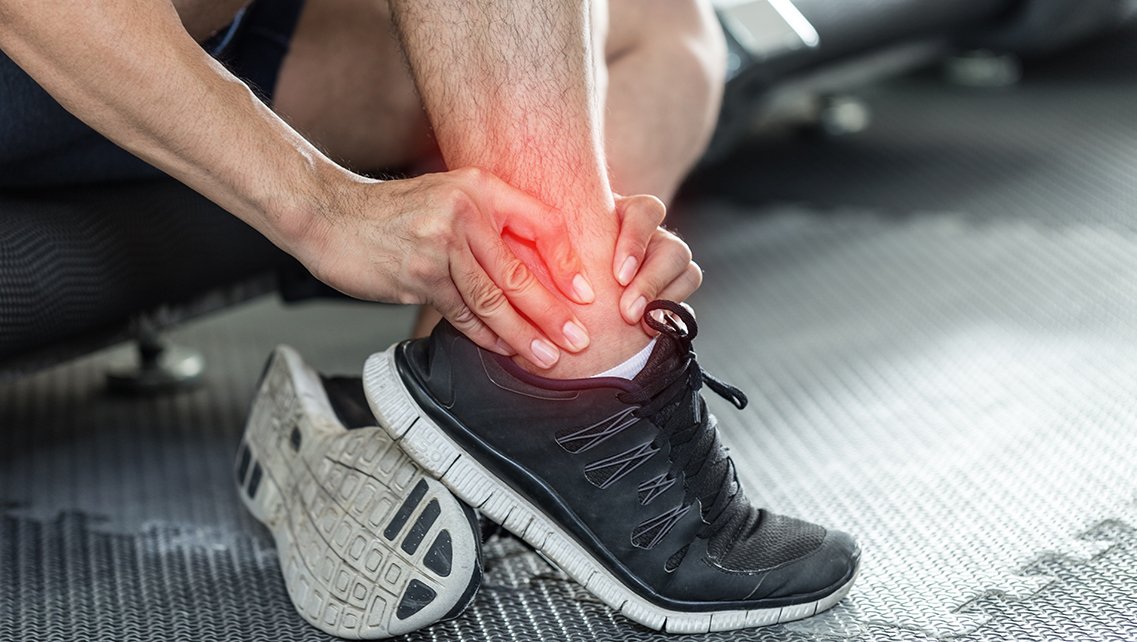Personal injury cases often involve significant harm and losses suffered by individuals due to the negligence or intentional actions of others. When pursuing legal recourse, one crucial aspect is the determination of damages—the compensation awarded to the injured party. Economic and non-economic losses are the two main categories of damages.
Understanding Economic Damages
Economic damages, also known as special damages, are the quantifiable financial losses directly resulting from the injury. These damages aim to compensate the injured party for their measurable monetary losses. Consider some common types of economic losses:
- Medical Expenses: This category includes costs connected with hospitalisation, surgery, medicines, rehabilitation, physical therapy, and other medical procedures. It encompasses both past and future medical expenses necessary for the injured party’s recovery.
- Lost Wages: Economic damages also encompass compensation for lost earnings due to the injury. Included are any skipped wages or salaries during recovery as well as any possible losses in earning capacity coming from the injury’s long-term consequences on the person’s ability to work.
- Personal Property Damage: If the incident damaged or destroyed personal property, the cost of repair or replacement may be included in economic losses.
- Loss of Services: In cases where the injury prevents the injured party from performing household duties, such as cooking, cleaning, or childcare, the cost of hiring someone to fulfil those responsibilities can be claimed as economic damages.
- Rehabilitation and Assistive Devices: Expenses related to assistive devices like wheelchairs, prosthetics, or home modifications, as well as the cost of rehabilitation programs and ongoing therapy, fall under economic damages.
Understanding Non-Economic Damages
Non-economic damages, often referred to as general damages, are more subjective and relate to the intangible losses that a person experiences due to an injury. While economic damages focus on measurable financial losses, non-economic damages seek to compensate for the physical, emotional, and psychological toll the injury has inflicted. The following are examples of non-economic damages:
The term “pain and suffering” refers to an accident victim’s physical and mental misery as a result of their injuries. It is distinguished by unease, discomfort, pain, anxiety, and melancholy, as well as a diminished sense of enjoyment in life.
Non-economic damages may cover the emotional distress and mental anguish resulting from the incident.
- Loss of Consortium: In cases where the injury significantly affects the injured party’s relationship with their spouse or family members, non-economic damages may be awarded to compensate for the loss of companionship, support, or intimacy.
- Loss of Enjoyment: If the injury impairs the injured party’s ability to participate in hobbies, activities, or other aspects of life they previously enjoyed, non-economic damages may be sought to compensate for this loss.
- Scarring or Disfigurement: Visible physical scars or disfigurement resulting from the injury can lead to embarrassment, diminished self-esteem, or psychological distress. Non-economic damages may be awarded to address these consequences.
Determining Damages and Their Importance
In personal injury cases, both economic and non-economic damages are considered by the court or jury when determining appropriate compensation. While economic damages are relatively straightforward to calculate based on actual financial losses, non-economic damages. They pose a challenge due to their subjective nature. Jurors or judges must assess the evidence presented and consider various factors to determine fair and reasonable compensation for non-economic damages.
The significance of damages in personal injury cases cannot be overstated. They serve multiple purposes, including:
- Compensation: Damages aim to compensate the injured party for their losses and restore them, as much as possible, to their pre-injury state. Economic damages address the tangible financial burdens experienced, while non-economic damages acknowledge the intangible impact on the individual’s well-being.
- Deterrence: By awarding damages in personal injury cases, the legal system aims to deter negligent or wrongful behaviour. When individuals or groups are held accountable for their conduct, the message that there are consequences for damaging others is communicated.
- Justice: Damages play a crucial role in achieving justice for the injured party. They provide a means of redress and hold responsible parties accountable for their actions or negligence. Just compensation can help individuals rebuild their lives and move forward.
- Financial Stability: Personal injuries can result in substantial financial hardships for the injured party. Medical expenses and missed wages are examples of economic losses that serve to reduce financial strains and guarantee the availability of resources for recovery and rehabilitation.
Recognition of Pain and Suffering: Non-economic damages recognize the pain, suffering, and emotional toll experienced by the injured party. Despite being more challenging to measure, these damages acknowledge the major influence on the person’s quality of life and welfare.
Conclusion
In personal injury cases, damages play a pivotal role in ensuring justice, and providing compensation. It facilitates the recovery process for the injured party. Economic damages address quantifiable financial losses, while non-economic damages acknowledge the intangible effects on the individual’s well-being. By considering both economic and non-economic damages, the legal system aims to restore the injured party to the best extent possible and discourage negligent behaviour. Understanding the different types of damages and their significance is crucial for both legal professionals and individuals navigating personal injury cases.
Author Bio: I put a lot of effort into researching a wide range of legal issues in-depth. I clearly present my ideas as a dedicated legal writer. With a passion for justice and a commitment to providing valuable insights, my goal is to empower readers with knowledge and clarity. Drawing upon my experience in legal research and writing, I aim to deliver unique and plagiarism-free articles that capture the essence of complex legal topics. Trust in my expertise to demystify the intricacies of personal injury law and other legal domains, enabling you to navigate the legal landscape with confidence.




